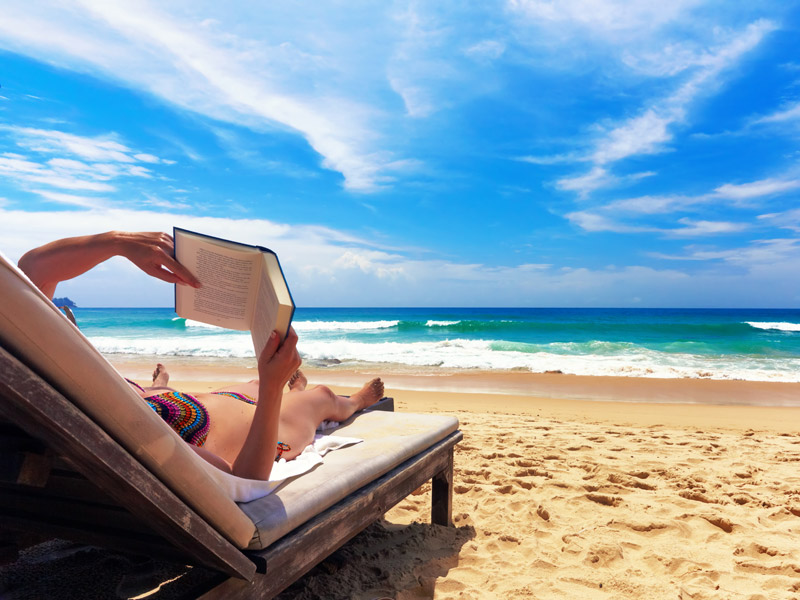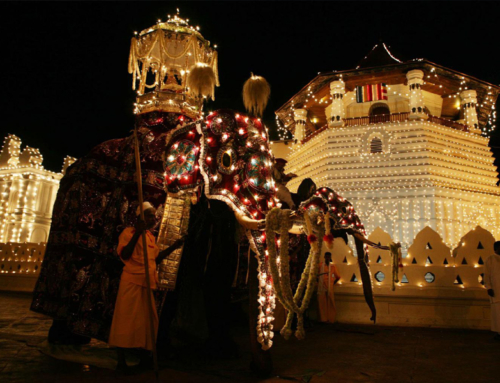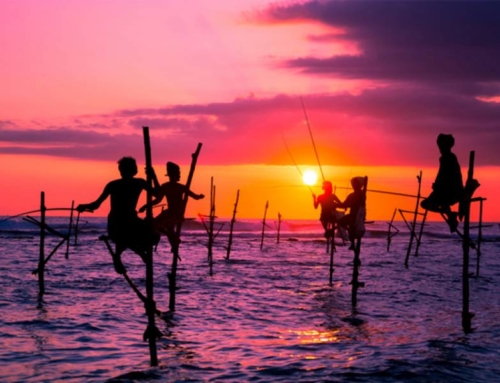Beaches – Negombo
Negombo is a major city in Sri Lanka, situated on the west coast and at the mouth of the Negombo Lagoon, in Western Province. Negombo is the fourth largest city in Sri Lanka and it is also the administrative capital center of Negombo Division. Negombo is known for its centuries-old fishing industry, with busy fish markets and long, sandy beaches. Negombo is a westernized, vibrant city and it is one of the major tourist destinations in the country. The main international airport (Bandaranayake International Airport)of Sri Lanka is in Negombo Metropolis. Negombo offers one of the best sandy beaches and hotels and resorts on the west coast of Sri Lanka. It draws tourists who stop over for a day on their way to or from the airport. Some quiet stretches of the beach are maintained by the tourist hotels, while others are always busy with fishermen and their equipment. Water-sports and diving are popular among visitors, with a few well-preserved coral reefs and a 50-year-old shipwreck that can be seen in the distance also known as Kudapaduwa (Ku-Da-Paa-Du-We) that serves as an artificial reef for many varieties of fish. Mora Wala (Mo-Ra-Wa-La) and Beach Park are very interesting places. There are local handicrafts, batiks and jewelry boutiques on the beaches and the shops
Bentota Beach
Located towards the south of Colombo along the infamous south-west coastline, the Bentota Beach consists of a Resort Complex with several resorts, villas, Railway station, post office, shopping arcade, cafeteria and an open-air theatre showing folk and mask dancing with clusters of palms dotting the area. This also offers the perfect answer for a beach holiday with a number of water sports and river cruises available. River cruise at Madu Ganga and visit to the Turtle Hatchery Enjoy a scenic cruise along the Madu River, a relaxing trip with plenty of interesting stops. You pass dozens of islets forested with mangroves and can appreciate the timeless natural rhythms of rural life. You cruise in canopies, outboard motors powered boats, en route take in the view of a 200-year-old temple and watch the locals cultivating cinnamon. You may also see traditional fishing techniques in action and can view demonstrations of coir manufacture and rope making. You can also see 46 species of birds reside in the area including 14 aquatic varieties. You will also spot huge water lilies and colorful butterflies. The Mangroves, The Madu River area surrounding the river are all swampy marshlands covered in mangrove forests. The forest covers over 61 hectares, that is over 150 acres. 14 of the 24 species of mangroves are found in this area. The region continues to be a treasure trove to biologists and ecologists with many undiscovered species in the unreachable depths of the mangrove forests.|The plantlife, in turn, have supported the number of wildlife that depends on them.|The the largest animal in the region is the wild boar. There are other smaller animals such as monkeys, a variety of squirrels, etc.
Wild Animals Of Sri Lanka
Nature has given us a rich variety of animals in Sri Lanka. In our small country, there are various types of animals, some of them are endemic species. Hundred years ago, elephants, leopards, antelopes, deer, rabbits, birds roamed freely across the forests. Those days, people hunted animals only for food. They only killed enough animals to provide for their need without putting the survival of species in danger. In Sri Lanka, there had always been a natural balance between animals, peoples and the rest of nature. But with the arrival of British, animals were killed not only for sports but also for their valuable skins, tusks, and horns.
Pigeon Island
Floating in the great blue offshore, Pigeon Island is with its powdery white sands and glittering coral gardens tantalizes with possibilities. A nesting area for the rock of pigeons, the island is beautiful enough, with rock pools and paths running through thickets, but it’s the underwater landscape that’s the real star. The reef here is shallow which is very beautiful, making snorkeling almost as satisfying as diving, and this is their home to dozens of corals, hundreds of reef fish (including blacktip reef sharks) and turtles.
Yala National Park
Yala is the Sri Lanka’s most famous national park. Forming a total area of 1268 sq km of scrub, light forest, grassy plains and brackish lagoons, it’s very rich in wildlife and you’re virtually certain to see plenty of elephants, crocodiles, buffaloes, and monkeys. Plan your trip carefully.
Bundala National Park
Bundala National Park is fantastic of waterways, lagoons, and dunes that glitter like gold in the dying evening sun. This wonderland provides a home to thousands of colorful birds ranging from diminutive little bee-eaters to grotesque open-billed stalks. It is a wetland sanctuary of such importance that it has been recognized under the Ramsar Convention on Wetlands. Many big mammals are also seen over here, with between 15 and 60 elephants depending on its season (December is the best month).




Leave A Comment